Papaya: Important Facts, Health Benefits, and Recipes
Explore the health benefits, history, and culinary uses of papaya in our ultimate guide, and learn how this tropical fruit can enhance your diet and well-being.
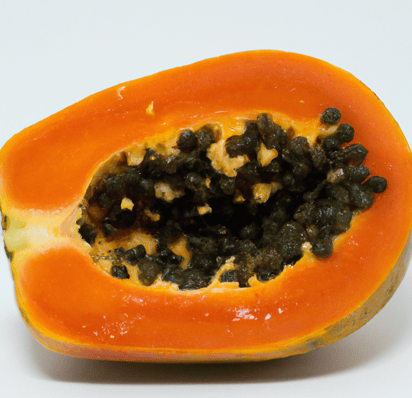
Nutritional Facts
1 fruit, small
Amount per serving
Calories
67.5
Carbohydrates
17 g
Fat
0.4 g
Protein
0.7 g
Saturated Fat
0.1 g
Sodium
12.6 mg
Fiber
2.7 g
Sugar
12.3 g
Best Papaya Recipes
-

-
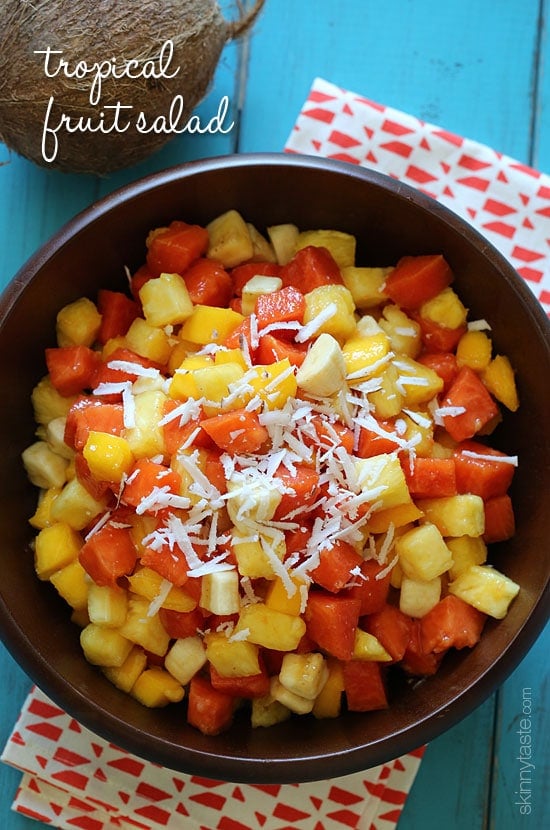
-

-

-
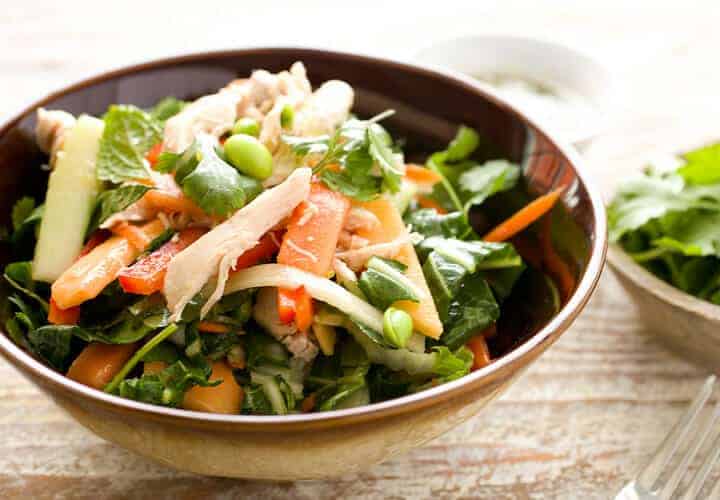
-
:max_bytes(150000):strip_icc()/__opt__aboutcom__coeus__resources__content_migration__simply_recipes__uploads__2006__08__prosciutto-wrapped-papaya-horiz-a-1600-4407e3214196477d81a3ab1823aedf6c.jpg)
-
:max_bytes(150000):strip_icc()/papaya-and-milk-smoothie-refresco-de-papaya-2137811-hero-01-3098eb12a0594bf0986a91fff69f6c3d.jpg)
-
:max_bytes(150000):strip_icc()/__opt__aboutcom__coeus__resources__content_migration__serious_eats__seriouseats.com__recipes__images__2013__01__20130129-238406-cook-the-book-green-papaya-salad-ae7d3b43b48d4214ac3cd0fe27da0894.jpg)
-
![Papaya-Habanero Hot Sauce Recipe Image]()
-
![Thai Beef Salad From 'Maximum Flavor' Image]()
-
![Soy Papaya Marinade Recipe Image]()
-
![Spanish Macedonia Tropical Fruit Salad Recipe Image]()
-
![Papaya Ice Cream Recipe Image]()
-
![How to Cut a Papaya Image]()
-
![How to Cut a Papaya Image]()
-
![Papaya Lassi Image]()
-
![Lassi de Papaya Image]()
-
![Papaya Lassi Image]()
-
-
![Broiled Shrimp Skewers Image]()
-
![Pork Roast Cubano Image]()
-
![Halibut Steaks with Papaya Mint Salsa Image]()
-
![Tahitian Fruit Salad Image]()
-
![Salmon with Caribbean Salsa Image]()
-
![Tropical Papaya Batido Fruit Shake Image]()
-
![Salpicón Image]()
-
![Papaya Avocado Salad Image]()
-
![Sweet and Savory Spiced Papaya Raisin Chutney Recipe Image]()
-
![Tikka Boti Recipe Image]()
-
![Beef and Barley Stew Recipe Image]()
-
![Thai Waterfall Beef Salad Recipe Image]()
-
![How to Make a Tropical Fruit Salad Image]()
-
![Grilled Mahi Mahi Image]()
-
![Panna Cotta with Papaya Coulis Image]()
-
![Prosciutto Shrimp with Tropical Mango Salsa Image]()


:max_bytes(150000):strip_icc()/__opt__aboutcom__coeus__resources__content_migration__serious_eats__seriouseats.com__recipes__images__2012__07__20120718-215059-papaya-hot-sauce-6d770938639a45d98c0613b2a109c251.jpg)
:max_bytes(150000):strip_icc()/__opt__aboutcom__coeus__resources__content_migration__serious_eats__seriouseats.com__recipes__images__2013__10__20131023-270142-cook-the-book-thai-steak-salad-b3a71ea9c36f4e85853cf1416ac14ec2.jpg)
:max_bytes(150000):strip_icc()/sliced-papaya-on-wood-709137325-5b6c61e046e0fb0050cb66ae.jpg)
:max_bytes(150000):strip_icc()/Spanish-fruit-salad-56b72aee5f9b5829f836e2aa.jpg)
/GettyImages-56296205-5886d4233df78c2ccd64d931.jpg)
:max_bytes(150000):strip_icc()/Simply-Recipes-HT-Cut-Papaya-LEAD-4-40281510418e4e1b8041eec283cc8492.jpg)
:max_bytes(150000):strip_icc()/Papaya3-5979e9bab501e80011c07ff2.jpg)







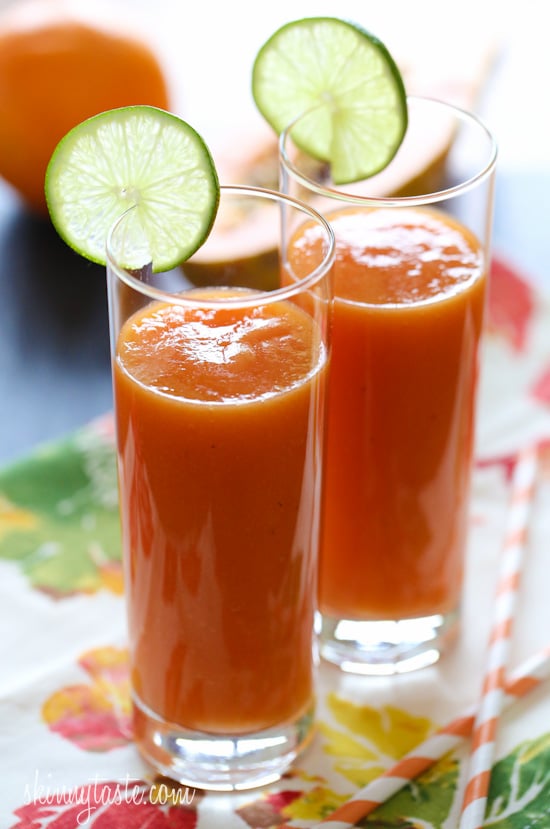

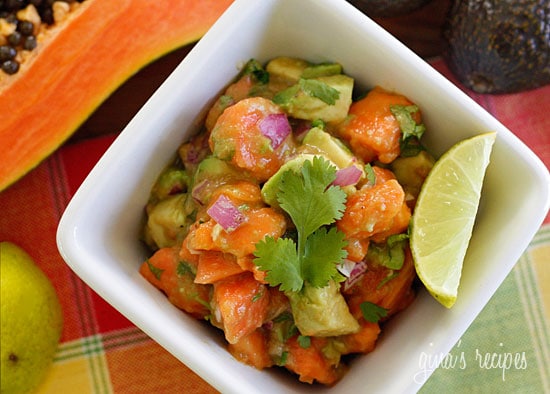
:max_bytes(150000):strip_icc()/GettyImages-127030758-5665242d5f9b583dc38ad487.jpg)
:max_bytes(150000):strip_icc()/tikka-boti-kabobs-333771-Hero_01-ddffd2bce19a42138c26415446022280.jpg)
/beef-and-barley-stew-3051441-7fc95c37dd774247846d84f4ea238985.jpg)
:max_bytes(150000):strip_icc()/SES-thai-waterfall-beef-salad-3217709-ca63d348e8944b2eaef2f0d6a0b358e9.jpg)
:max_bytes(150000):strip_icc()/fruit-salad-98841227-5848619a5f9b5851e5f87d5c.jpg)


